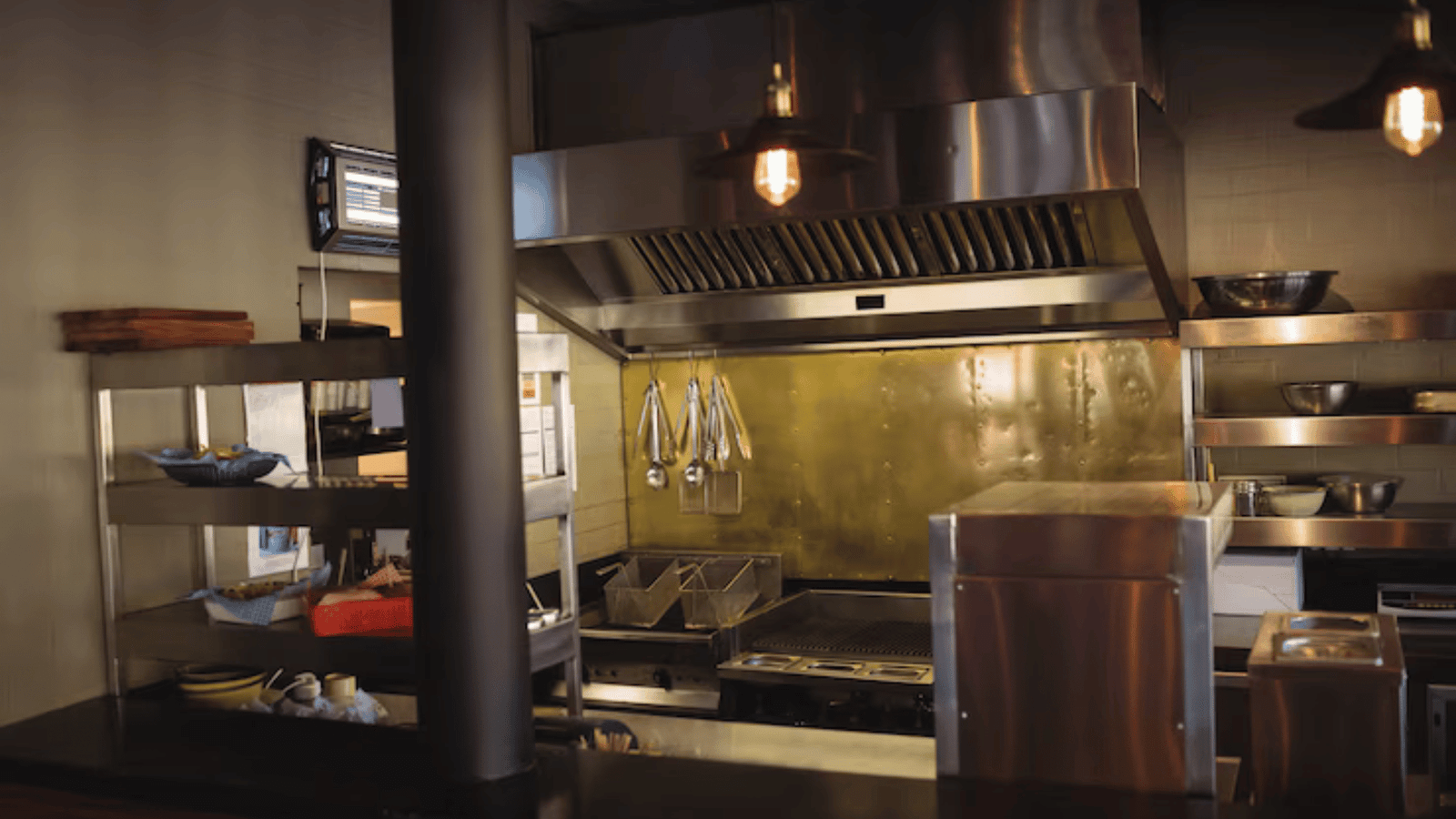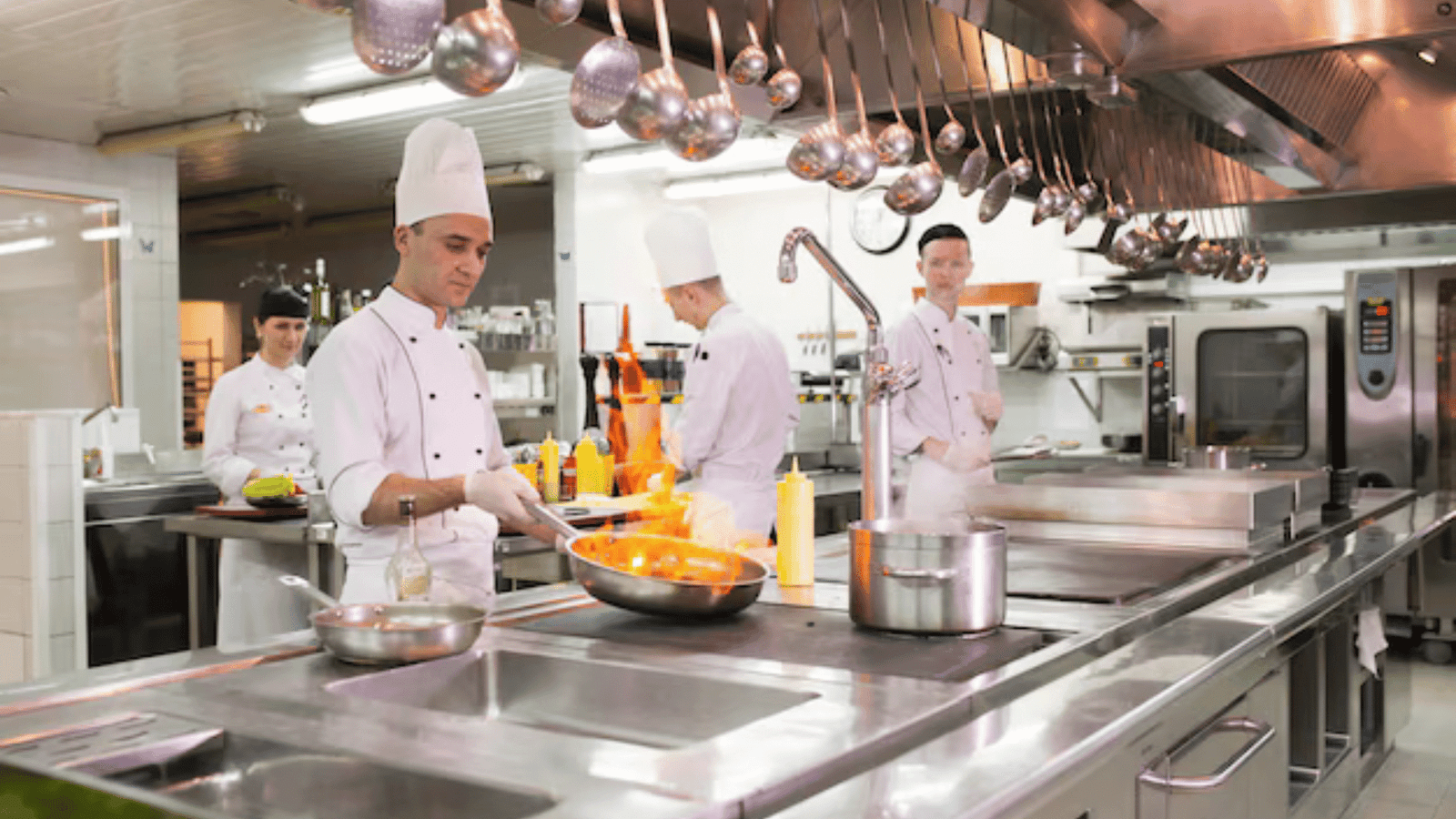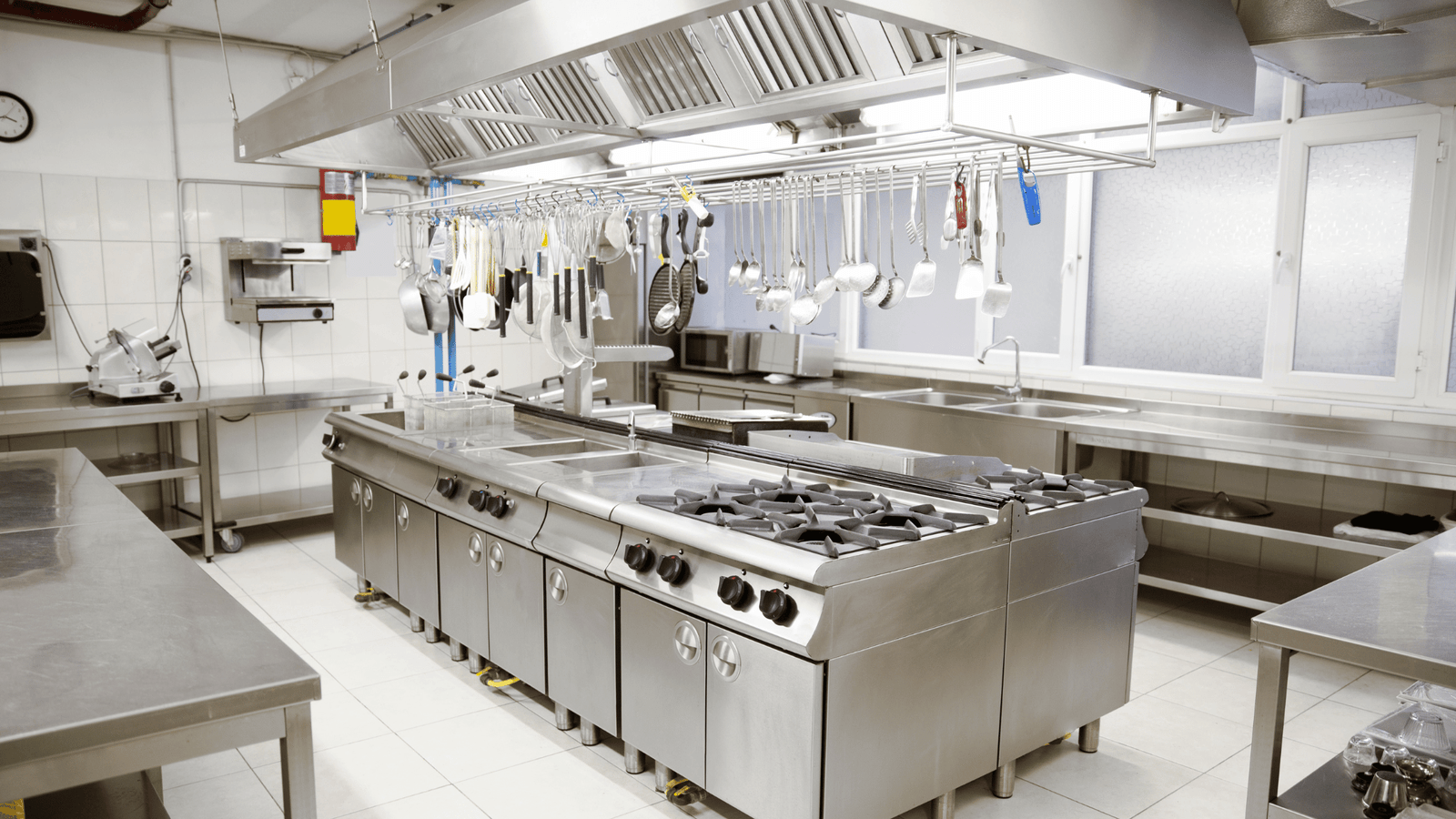One of the biggest challenges restaurant owners face is reduce manpower costs restaurants without affecting service quality. Labor is one of the most significant expenses, but simply cutting staff can lead to poor customer experiences.
The good news? You can optimize staffing, leverage automation, and improve operational efficiency to cut costs while maintaining high service standards. This guide will explore smart staffing strategies, automation tools, and management practices to help you run a cost-effective restaurant.
1. Optimize Staffing Strategies

1.1 Cross-Train Employees
Instead of hiring more staff, train existing employees to handle multiple roles. This ensures efficiency and flexibility while reducing excess hiring.
- Servers can assist in food prep during non-peak hours.
- Kitchen staff can manage inventory and deliveries.
- Bartenders can take digital orders or manage the POS system.
1.2 Smart Scheduling & Labor Forecasting
Avoid overstaffing by scheduling employees based on demand. Use data-driven scheduling tools to predict peak and off-peak hours.
- Analyze historical sales data to optimize staffing.
- Implement part-time shifts during rush hours.
- Introduce on-call shifts to adjust workforce dynamically.
1.3 Reduce Overtime & Excess Hours
Limit unnecessary overtime by setting shift-hour limits and automating payroll tracking. This prevents labor costs from skyrocketing due to unplanned overtime.
2. Leverage Automation & Technology

2.1 Self-Service Kiosks & Digital Ordering
Reduce dependence on waitstaff by allowing customers to order via:
- Self-order kiosks at counters
- QR-based digital menus for direct table ordering
- Mobile apps for pre-orders
This speeds up service while reducing the need for extra front-of-house staff.
2.2 AI Chatbots & Automated Customer Support
Many restaurants use AI-powered chatbots to handle reservations, FAQs, and customer queries via WhatsApp or websites—reducing the need for a dedicated receptionist.
2.3 POS & Kitchen Automation
An integrated POS (Point of Sale) system with a Kitchen Display System (KDS) eliminates order miscommunication, minimizes staff workload, and improves efficiency.
2.4 Inventory Management Automation
Using AI-powered inventory tracking software prevents over-ordering and reduces waste. Tools like MarketMan or Toast POS help optimize stock levels with minimal manual labor.
2.5 AI & Robots in the Kitchen
Larger chains now use automated cooking solutions like burger-flipping robots and AI-driven food prep stations to reduce labor needs in the kitchen.
3. Improve Operational Efficiency

3.1 Minimize Manual Work
Switch to digital solutions for tasks like:
- Time tracking & payroll using HR software
- Digital checklists for daily operations
- Online staff training modules to reduce training costs
3.2 Optimize Table Turnover
Reducing table turnaround time ensures more revenue per shift with the same number of staff.
- Use mobile payment solutions for faster bill settlement.
- Optimize seating layouts to accommodate more guests efficiently.
- Implement pre-set menus to reduce decision-making delays.
3.3 Performance Tracking & KPI Management
Measure staff efficiency through KPIs such as:
- Average table service time
- Order accuracy rate
- Customer satisfaction scores
Using real-time tracking, managers can make quick adjustments to improve service while keeping labor costs in check.
Read Also :- A Complete Guide to Cloud Kitchen Setup & Optimization in India
Increasing Your Cloud Kitchen Profits by Reducing Delivery App Commissions
4. Outsource & Streamline Operations

4.1 Third-Party Delivery Services
Instead of maintaining an in-house delivery team, partner with Swiggy, Zomato, or Dunzo to reduce delivery personnel costs.
4.2 Virtual Assistants for Admin Work
Instead of hiring full-time staff for administrative tasks, outsource social media management, customer service, and accounting to freelancers or virtual assistants.
4.3 Cloud Kitchens for Cost Reduction
Cloud kitchens operate with minimal front-of-house staff and focus on delivery-only models, reducing the need for excessive manpower.
5. Employee Motivation & Incentives

5.1 Introduce Performance-Based Incentives
Motivated employees perform better, reducing the need for excess staff. Offer:
- Bonuses for fast service times
- Commissions for upselling menu items
- Recognition programs for employee retention
5.2 Foster a High-Productivity Culture
A well-trained, engaged team works smarter, not harder. Implement training programs to improve efficiency and encourage teamwork.
6. Maintain Customer Service While Cutting Costs
Cost-cutting shouldn’t affect customer experience. Use these strategies to ensure high service standards:
- Personalized service despite fewer staff—train employees to engage meaningfully with customers.
- Customer feedback loops—use online surveys to maintain quality control.
- AI-powered loyalty programs—reward repeat customers with automated discounts and offers.
By maintaining high service levels with fewer staff, restaurants can reduce manpower costs without compromising quality.
Read Also : Affordable Marketing Strategies for New Restaurants
Step-by-Step Guide to Starting a Profitable Restaurant in 2025
Conclusion
Reducing manpower costs in restaurants requires a mix of smart staffing, automation, outsourcing, and operational efficiency. By leveraging self-service kiosks, AI chatbots, automated inventory management, and data-driven scheduling, restaurants can lower costs without sacrificing service quality.
By implementing these strategies, you can create a profitable, customer-friendly, and cost-efficient restaurant model that thrives in today’s competitive market.
FAQs
Q1. How can restaurants cut manpower costs without reducing service quality?
By cross-training staff, using self-order kiosks, automating inventory, and optimizing scheduling, restaurants can lower labor costs while maintaining excellent service.
Q2. What automation tools can restaurants use to save labor costs?
Tools like POS systems, digital ordering kiosks, AI chatbots, and automated kitchen solutions can help cut down manpower needs.
Q3. Should restaurants reduce staff to save money?
Instead of cutting staff, restaurants should optimize efficiency by using multi-skilled employees, performance tracking, and automation.
Q4. How do digital menus help in reducing manpower costs?
Digital menus eliminate the need for extra waitstaff, allowing customers to place orders directly via QR codes or kiosks.
Q5. Can outsourcing help in restaurant cost reduction?
Yes, outsourcing delivery, admin work, and social media management can help reduce labor costs while maintaining efficiency.





